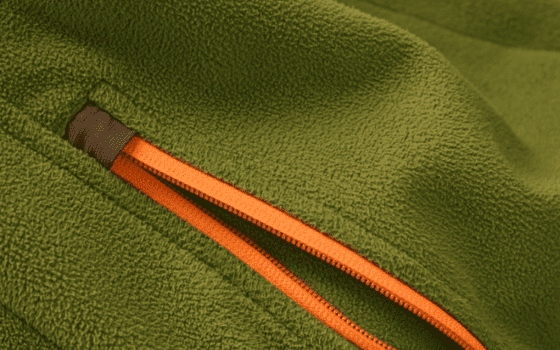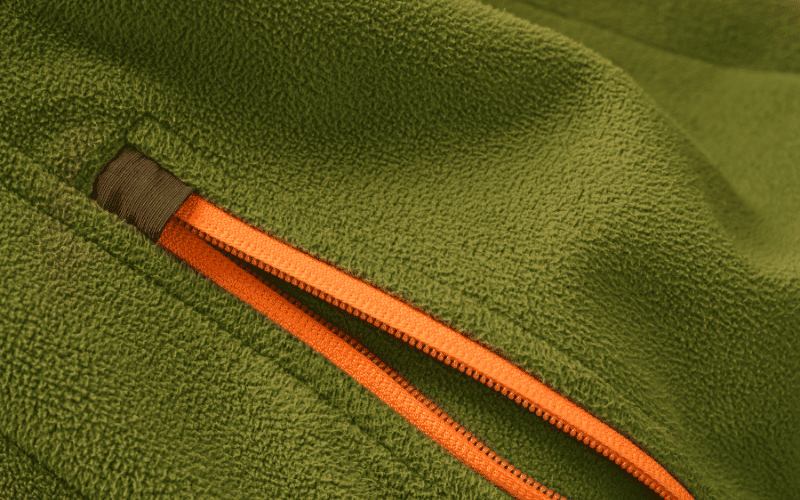
Softshell clothing is a versatile option that can be worn anywhere during cold or dry weather. With a more supple feel than traditional hard-shell clothing, this material is perfect for a variety of sports and activities, including golf and tennis, as well as everyday usage. Wear this under your chosen outer layer or as an additional layer underneath it in more harsh conditions to provide the versatility you’re looking for in a lightweight waterproof alternative.
What Is a Softshell Fabric?
Softshell is knitted from a single piece of fabric to keep you warm and comfortable without the hindrances of other fabrics. The fabric is water-resistant but not waterproof. It is also extremely breathable, has excellent performance, and has a long lifespan. The upper layer is incredibly durable and resistant, yet it is also extremely pliable. In the workplace, this makes the softshell jacket suitable for real-world action.
What Is the Purpose of a Softshell Jacket?
The purpose of a softshell jacket is to protect you from wind and to keep you warm during outdoor activities. However, unlike raincoats, softshell jackets are not designed to withstand heavy rain or storms. There are no seams that have been taped to keep water out; therefore, it is considered water-repellent rather than waterproof. Furthermore, as a softshell jacket is made of knitted fabric and is lightweight, it offers considerable warmth and sufficient breathability, minimizing overheating when you are active. Softshell jackets have windproof features that help keep the frost at bay while also maintaining a comfortable level of warmth.
Are Softshell Jackets Windproof?
It is common for a softshell’s fabric to be wind-resistant and yet breathable. A gentle wind could not be felt, but a strong wind will be apparent. It’s important to have some wind resistance to help you stay cool when you’re pushing yourself. Fortunately, there are windproof and protective softshell jackets to choose from retailer like Engelbert Strauss. Softshell jackets and vests for men, women, and children of all ages are available at this online shop in a wide range of styles and for different purposes. Their softshell jackets are immensely popular because of their water-repellent, windproof, lightweight, and elastic characteristics.
How to Wash a Softshell Jacket?
Normally, a softshell jacket needs to be cleaned frequently. Softshell jackets with a liner are particularly susceptible to this. It’s possible that your softshell’s liner will become blocked up over time due to things like suntan lotion, sweat, and makeup.
Your softshell’s wash cycle is ultimately determined by how frequently you wear it. Wash it frequently if you plan to wear it for a lengthy period of time. It is best to wash any clothing that appears to have stains on the collar or sleeves.
Remember to never use fabric softener of any sort. When a fabric softener gets into the pores of the fabric, it constricts them and leaves a thin film on its surface, reducing the permeability of your jacket. Detergents in liquid form are preferable to those in powder form, since powders might clog the membrane. Detergents designed for delicate clothes or outdoor clothes are the best options.
Here is the step-by-step guide to properly cleaning a softshell jacket:
- Read the care label on your jacket carefully.
- Soiled or oily sleeves and collars should be pre-treated. Rub the contaminated areas with a microfiber cloth or sponge, warm water, and a mild detergent. Rinse well after allowing the detergent to work for a bit.
- All zippers and Velcro closures should be secured.
- The softshell can then be washed in the washing machine.
- Take care of your delicate, wool, or hand-washed garments by selecting a temperature of 30 to 40 degrees Celsius.
- No more than 2/3 of the machine should be filled to enable a thorough wash of your clothes.
- Do not spin the jacket faster than 800 RPM.
What Is the Difference Between Softshell and Hardshell?
A softshell jacket is more breathable than a standard hardshell jacket, and the softer material makes it easier to move around. Thus, the cloth is softer and less stiff, and it creases less, providing an almost-hoodie-like slackness when climbing mountains. Softshell is a favourite choice among runners, bikers, hikers, and anyone else who needs more mobility and humidity control in their apparel.
While wearing a hardshell, you can really become warmer (and sometimes even more) than while wearing a softshell for the same exercise. However, a softshell is still the most insulating outer layer.
To Conclude
As you probably know now, softshell fabric comes in a variety of shapes and sizes. This jacket is perfect for the outdoors due to its excellent insulating characteristics, elastic material, and waterproofing. It’s a great mid-layer for cold-weather hiking and can also serve as an excellent outer layer in less extreme weather.


